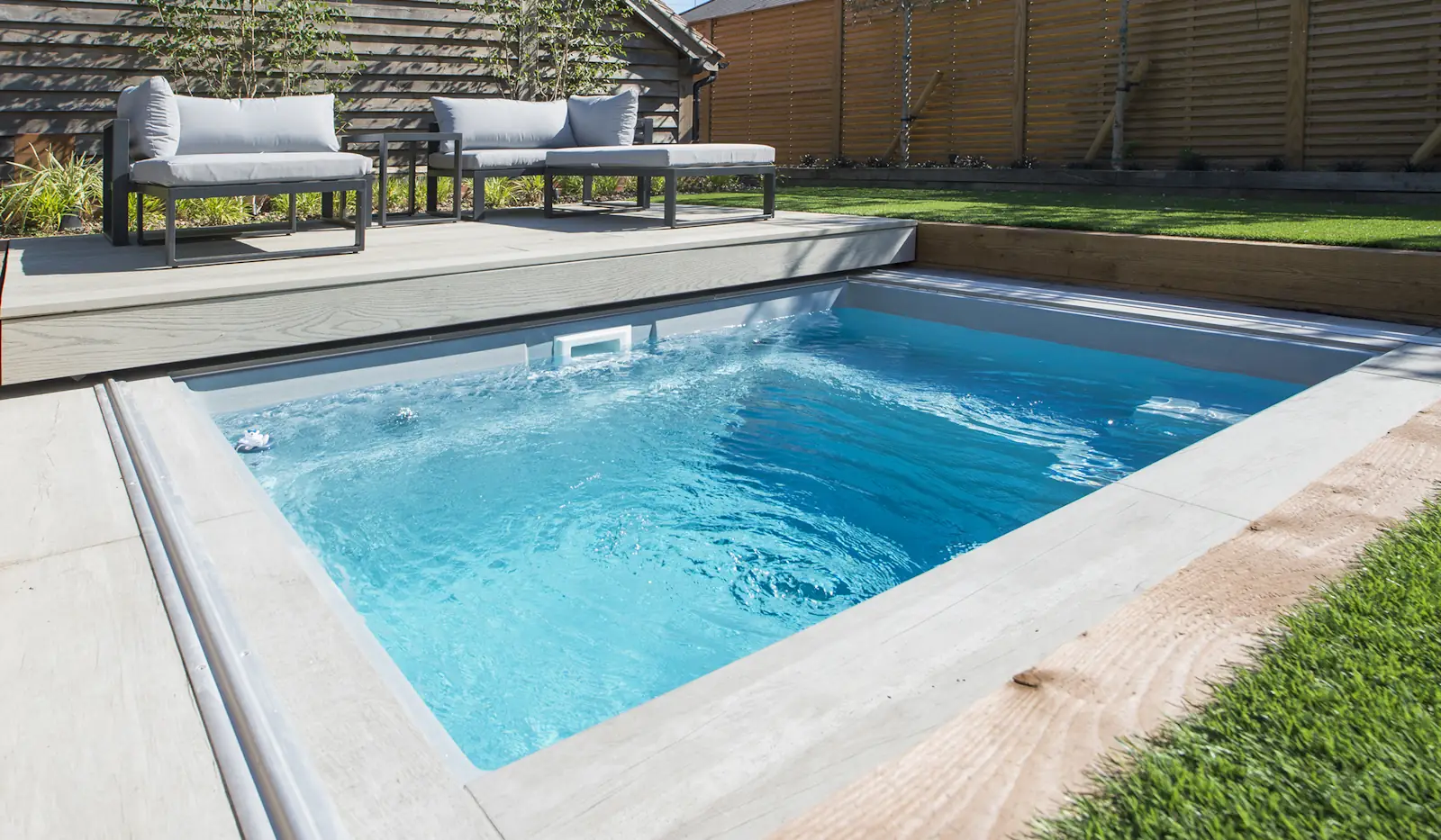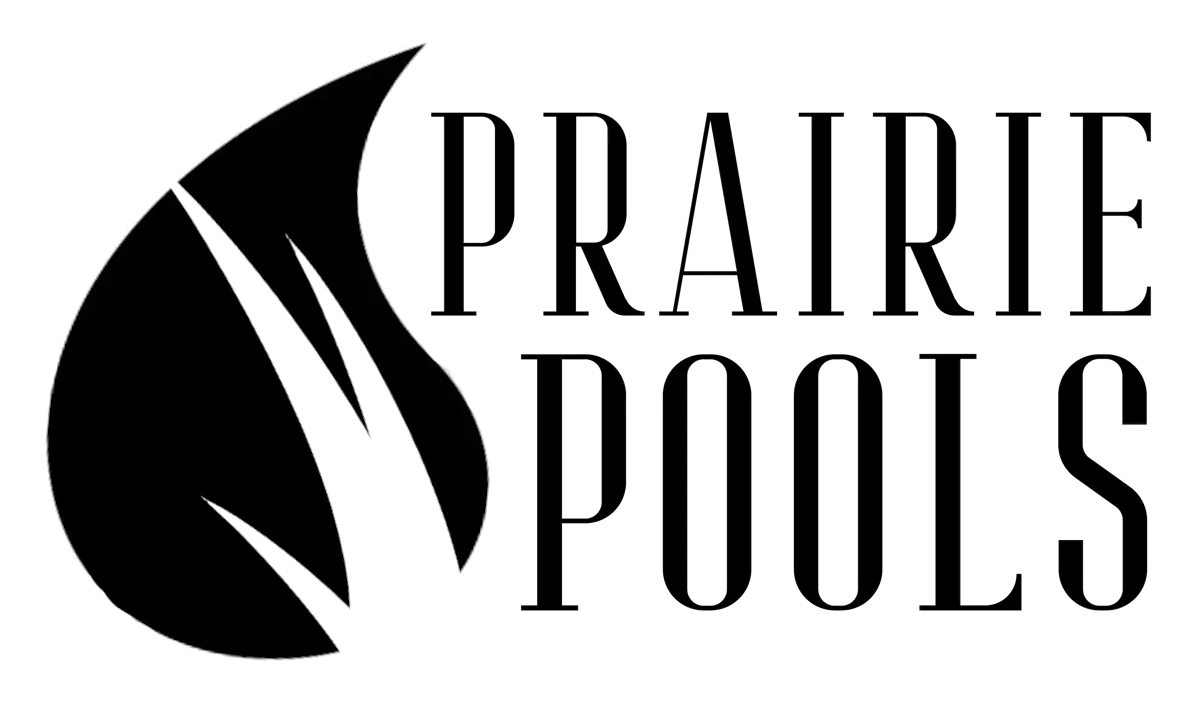
The Pool Pump Guide: Types, Selection, and Maintenance
Introduction
Did you know that a pool pump is often called the “heart” of a swimming pool? Just like the human heart circulates blood to keep the body healthy, a pool pump continuously moves water through the filtration system, keeping it clean, clear, and safe for swimming.
Many pool owners assume that any pump will do, but selecting the right one can improve water quality, enhance energy efficiency, and extend the lifespan of your pool equipment. The wrong choice, however, can lead to excessive energy costs and frequent maintenance issues.
In this guide, we’ll break down the different types of pool pumps, how they work, how to choose the best one for your pool, and essential maintenance tips to keep it running efficiently for years to come.
What is a Pool Pump?
A pool pump is the core component of a swimming pool’s circulation system. It ensures water remains clean by continuously cycling it through the filter, removing debris, and redistributing clean water back into the pool.
Key Functions of a Pool Pump:
- Pulls water from the pool via the skimmer and main drain.
- Pushes water through the filtration system to remove dirt and contaminants.
- Circulates clean water back into the pool, maintaining proper sanitation and chemical balance.
Without a functioning pump, pool water would become stagnant, leading to algae growth, murkiness, and unsafe swimming conditions.
How Pool Pumps Work
Understanding how a pool pump operates can help you appreciate its importance and troubleshoot common issues when they arise.
Step-by-Step Breakdown:
- Water Intake: The skimmer and main drain pull water from the pool.
- Debris Filtration: Water flows into the pump basket, which catches large debris like leaves and insects.
- Water Movement: The impeller (a rotating fan-like component) forces water through the pump and into the filter.
- Filtration Process: The filter removes dirt, debris, and contaminants.
- Clean Water Return: The purified water is pushed back into the pool through return jets, ensuring even circulation.
This continuous process keeps your pool water fresh and safe while helping distribute chemicals evenly.
Types of Pool Pumps
Choosing the right pool pump depends on your pool size, usage, and energy efficiency goals. Here’s a breakdown of the three main types:
Single-Speed Pool Pumps
How They Work:
- Operate at one constant speed—typically the highest setting.
Pros:
- Simple to install and maintain.
- Lower upfront cost compared to other pump types.
Cons:
- High energy consumption, leading to increased electricity bills.
- Can be noisy due to the constant high-speed operation.
Dual-Speed Pool Pumps
How They Work:
- Offer two speed settings:
- Low-speed mode for regular circulation and filtration.
- High-speed mode for tasks like vacuuming or running water features.
Benefits:
- Low-speed mode conserves energy while maintaining proper circulation.
- High-speed mode provides extra power when needed.
Drawbacks:
- More expensive than single-speed pumps.
- Requires manual speed adjustment.
Variable-Speed Pool Pumps
Why They Stand Out:
- Use advanced motor technology to adjust speed as needed.
Advantages:
- Energy-efficient – can reduce energy costs by up to 80%.
- Quieter operation compared to single-speed pumps.
- Longer lifespan due to reduced wear and tear.
Best for:
- Pool owners looking for long-term savings and efficiency.
Selecting the Right Pool Pump
Choosing the best pool pump depends on several critical factors:
Factors to Consider:
- Pool Size: Larger pools need more powerful pumps to ensure proper circulation.
- Pool Type: In-ground and above-ground pools may require different pump models.
- Local Climate: Pools in warmer climates may need longer filtration cycles.
- Energy Efficiency Goals: A variable-speed pump offers the best savings over time.
By carefully considering these factors, you can select a pool pump that optimizes performance while minimizing operating costs.
Energy Efficiency Tips
Maximizing energy efficiency can significantly reduce operating costs without compromising water quality.
Ways to Improve Energy Efficiency:
- Run Your Pump During Off-Peak Hours: Electricity rates are often lower during non-peak hours.
- Use a Timer: Automate pump cycles to avoid unnecessary energy use.
- Keep the Filter Clean: A clogged filter forces the pump to work harder, consuming more energy.
- Opt for a Variable-Speed Pump: Adjust speeds based on pool needs to enhance efficiency.
Implementing these strategies can help you maintain a clean pool while keeping energy costs in check.
Pool Pump Maintenance and Care
Regular maintenance is essential for keeping your pool pump running efficiently and extending its lifespan.
Key Maintenance Tips:
- Regular Cleaning:
- Remove debris from the pump basket.
- Clean or backwash the filter as needed.
- Check for Leaks: Inspect pump fittings and seals for leaks that could reduce efficiency.
- Monitor Pump Performance: Listen for unusual noises or signs of reduced water flow, which may indicate a clog or mechanical issue.
- Winterization Tips: In colder climates, store or insulate the pump to prevent freezing damage.
By following these maintenance steps, you can ensure your pool pump operates smoothly for years to come.
Featured Brand: Hayward Pool Pumps
If you’re looking for a high-quality pool pump, Hayward is a trusted brand known for durability, energy efficiency, and advanced technology.
Top Hayward Models:
- Hayward Super Pump: A reliable choice for standard pools, offering strong performance and longevity.
- Hayward TriStar VS: A high-efficiency variable-speed pump designed for maximum energy savings.
Why Choose Hayward?
- Energy-efficient models help reduce electricity costs.
- Easy installation and low maintenance.
- Proven reliability and durability in various pool settings.
Investing in a Hayward pool pump ensures optimal performance and long-term savings.
Conclusion
Choosing the right pool pump is essential for maintaining a clean, energy-efficient pool. By understanding the different pump types, selecting the best option for your pool, and prioritizing regular maintenance, you can enjoy crystal-clear water while keeping energy costs in check.
Key Takeaways:
- Understand the different types of pool pumps to make an informed decision.
- Select a pump based on pool size, type, and energy efficiency goals.
- Maintain your pump regularly to extend its lifespan and performance.
Need expert advice or installation? Contact us today to find the perfect pool pump for your backyard oasis.

